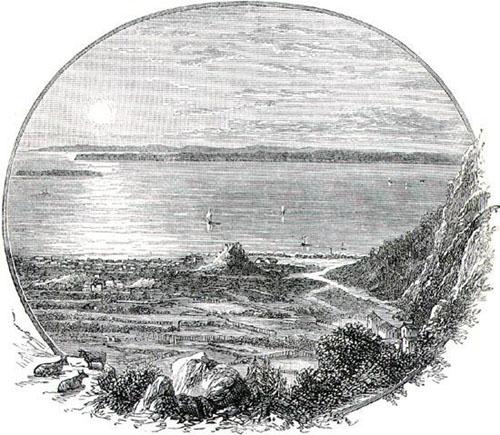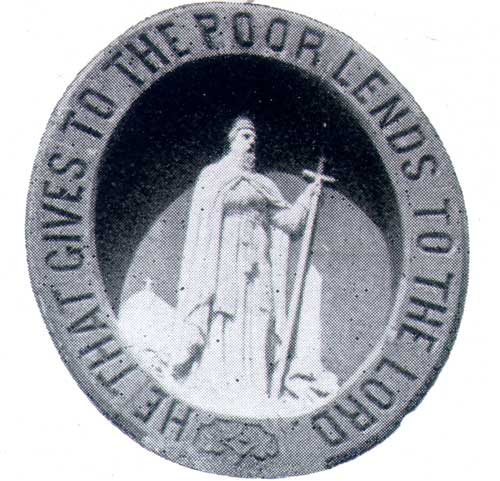Settlement and Society
The growth of the resident population did not greatly alter the settlement patterns already established in Newfoundland before 1815. As late as 1836 about 56 percent of the population lived in or near St. John's and Conception Bay, a proportion which was not significantly different from that of 50 years before. The growth in population (whether through natural increase or immigration) occurred fairly uniformly within established areas.

Implications with Settlement
The intensification of the established settlement pattern had major implications. Not every community or harbour could absorb a significant increase in the number of residents. Parts of the Southern Shore, for example, became overcrowded. Some people left the area; others occupied coves and harbours which had previously been avoided because they were not particularly suitable for the boat fishery. This was how St. Shott's, a community at the most southerly tip of the Avalon Peninsula, between Trepassey and St. Mary's Bays, came to be permanently settled.
Where the speed and scale of population growth were intense and concentrated, as in St. John's, a number of problems materialized — overcrowding, lack of sanitation, and the inadequacy of social institutions such as police, hospitals, and schools. Yet the British government refused to deal constructively with these conditions because it continued to deny the extent to which Newfoundland was changing from fishery into a colony. This meant that most initiatives for social and cultural improvements were local.
Aiding the Poor
Thus, the Benevolent Irish Society was founded in 1806 to provide assistance to needy Irish residents. The Society for Improving the Condition of the Poor in St. John's, founded in 1803 by several merchants and religious leaders (both Protestant and Roman Catholic) with the encouragement of Governor James Gambier, was more decidedly interventionist in its approach to the problems associated with poverty. Its goal was to foster the "correct" values of the "respectable classes" amongst the poor, as well as the necessary skills which would enable the poor to better themselves. Governor Gower later praised the Society, predicting that it would become "a monument of the disinterested humanity of the higher classes in this community, as well as a source of future happiness and improvement to the lower."

Such attempts to mitigate the squalor and disorder of early 19th century St. John's can be taken as further evidence of Newfoundland's development into a colony. As more and more merchants established residence in Newfoundland, the wealth generated by the fishery and trade began to remain on the island. The number of carriages and fine houses, the number of professionals, tradesmen, artisans, and smaller businessmen, the founding of the Mercantile Society in 1806 (an organization representing the commercial point of view), the appearance of a newspaper in 1807, a public reading room before 1810, a volunteer fire brigade in 1811, a constabulary in 1812, even a visiting theatrical group from Quebec in 1806, all confirmed that a "society" complete with a permanent resident élite had developed.
With that development also came the first open expressions of dissatisfaction with the persistent refusal of the British government to recognize Newfoundland as anything more than a fishery. While minor concessions had been made to the changing conditions, by and large the island was still governed by regulations designed to nurture a rapidly-vanishing migratory fishery. In 1811 and again in 1813, William Carson published the first of his "reform" tracts. The appearance of agitation for political reform is proof of the distance Newfoundland had gone in its transformation from fishery to colony – though it still had a long way to go.




